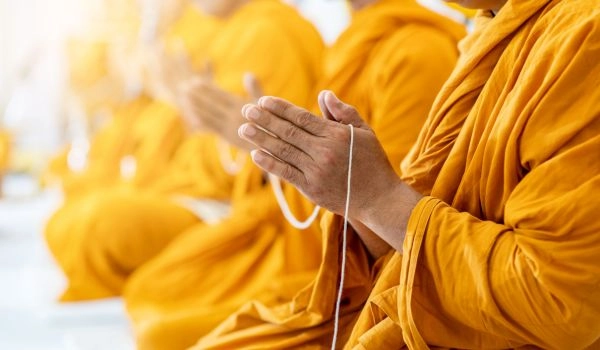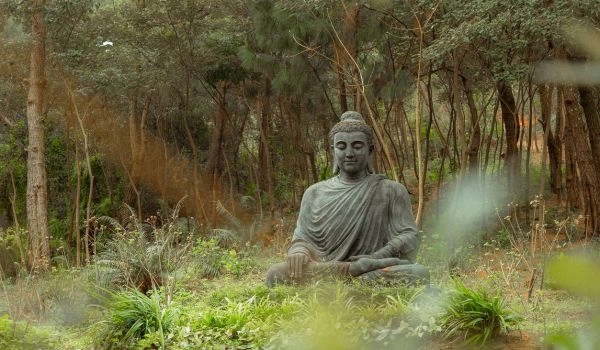A Collaboration to Explore the Potential of Virtual Reality in Lucid Dreaming
LucidDreamingVR is a research project developed in collaboration between the Research Center of the Italian Buddhist Union and the Department of Psychology and Cognitive Science at the University of Trento. Its main goal is to investigate the potential of virtual reality (VR) to support and enhance lucid dreaming experiences.
What is Lucid Dreaming?
Lucid dreaming is a state of consciousness in which the dreamer becomes aware that they are dreaming. In other words, one "wakes up" within the dream, gaining a certain degree of control over the dream experience.
This unique form of consciousness is highly valued in various contemplative traditions, especially in Tibetan Buddhism, where it is cultivated through specific spiritual practices. Lucid dreaming is considered a powerful tool for exploring the illusory nature of reality, developing cognitive flexibility, and deconstructing fixed beliefs and biases about the self and the world.
Virtual Reality as a Contemplative Technology
LucidDreamingVR explores the hypothesis that virtual reality can serve as a contemplative technology, helping to induce lucid dreams. The experimental application, named LucidDreamingVR, was developed by the Research Center of the Italian Buddhist Union based on principles from Tibetan Dream Yoga.
This application, currently not available to the public, was provided exclusively to the Department of Psychology and Cognitive Science at the University of Trento for research purposes.
Core Principles and Practices
LucidDreamingVR focuses primarily on two well-established techniques:
Recognition of dream signs – unusual elements typical of the dream state.
Reality checks – simple tests to determine whether one is dreaming or awake.
These techniques, widely supported by scientific literature, may be even more effective when practiced in a virtual environment, which can simulate dreamlike contexts and dynamics that are difficult to recreate in waking life.
Tibetan Dream Yoga and Virtual Training
The virtual training also includes specific practices from Tibetan Dream Yoga, such as:
Altering the shape and size of one’s avatar and surrounding objects.
Gradually overcoming the limits imposed by physical laws.
In a contemplative context, these practices are designed to develop mental flexibility and transcend self-imposed limitations. In a research context, they aim to provide a concrete preview of actions available in lucid dreams, making the state more accessible.
A Structured Training Program
The training consists of eight sessions, each lasting about twenty minutes, preceded by a brief concentration meditation also conducted in virtual reality.
Experimental Study and Preliminary Results
Between October 2024 and April 2025, LucidDreamingVR was tested in an experimental study at the University of Trento involving:
An experimental group using LucidDreamingVR.
A control group with traditional metacognitive training (without VR).
A second control group using VR without dream-related content.
Preliminary results—currently under analysis—are promising, suggesting that LucidDreamingVR significantly enhances the emergence of lucidity and awareness during dreams.






